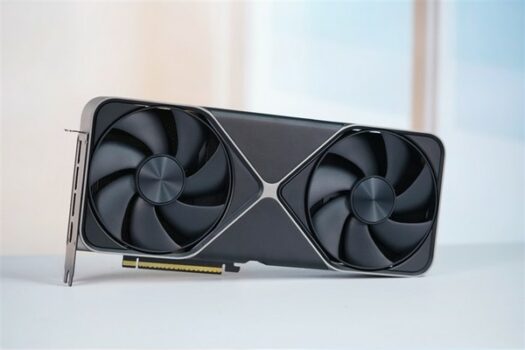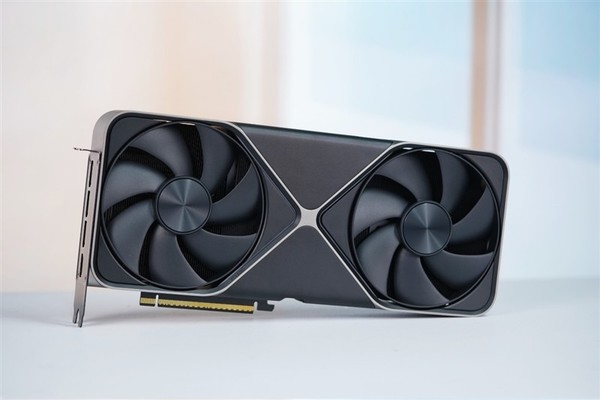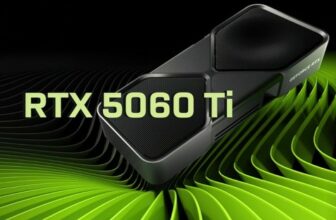The NVIDIA RTX 5080, powered by the latest Blackwell GPU architecture and TSMC’s advanced 4NP process technology, is setting a new standard for graphics cards. Early reviews have revealed some impressive benchmarks, making it a potential game-changer for gamers and professionals alike. In this article, we’ll break down the performance, power consumption, and key features of the RTX 5080, comparing it to previous generations like the RTX 4080 and 4090.
Performance Breakdown: Close to RTX 4090D, but More Power-Efficient
The RTX 5080 is built on the innovative Blackwell GPU architecture, which includes a full BG203-400 core configuration. Unlike its predecessor, the RTX 4080, the RTX 5080 uses the GB203 architecture. It boasts 7 GPCs, 42 TPCs, 84 SM units, and an impressive 10,752 CUDA cores, alongside 336 5th generation Tensor Core tensor cores. Despite having fewer transistors than the RTX 4080 (45.6 billion vs. 45.9 billion), the RTX 5080 benefits from a more efficient design, with the number of CUDA cores increasing by 512. This results in a performance boost that is very close to the top-tier RTX 4090D.
The new architecture is not just about raw power; it also offers significant power efficiency. In a surprising turn of events, the RTX 5080 has a lower power consumption than the RTX 4080, debunking the typical perception of the Blackwell GPU being power-hungry. The reduction in power requirements, combined with the performance gains, makes the RTX 5080 an excellent choice for gamers and professionals looking to optimize energy usage without sacrificing performance.
Stunning Memory Bandwidth: The Advantage of GDDR7
The RTX 5080 is equipped with GDDR7 memory, which brings its total memory bandwidth to a staggering 960GB/s—an increase of 34% over the RTX 4080. With a memory frequency of 30GHz and a 256-bit memory width, the new GPU comes close to matching the 1008GB/s bandwidth of the RTX 3090 Ti. This significant boost in memory bandwidth will deliver faster performance in memory-intensive tasks like gaming, 3D rendering, and video editing, ensuring that users experience smoother performance with fewer bottlenecks.
Power Efficiency and Performance Gains: RTX 5080’s Impact on the GPU Market
While previous generation GPUs, such as the RTX 4090, increased performance by up to 50% over the RTX 3090 Ti, the RTX 5080 achieves impressive performance gains of 30% by increasing specifications while keeping power consumption in check. This makes the RTX 5080 not only one of the most powerful GPUs but also one of the most efficient in recent years. Its efficiency is poised to reshape the competitive landscape in the graphics card market.
Why the RTX 5080 is the Most Efficient GPU in a Decade
The RTX 5080’s combination of power efficiency, enhanced memory bandwidth, and close-to-RTX 4090D performance makes it a remarkable choice for consumers. It outshines previous GPUs by delivering a better performance-to-power ratio, making it the most efficient GPU in a decade. Its optimized architecture ensures that gamers and professionals alike can enjoy high-end performance without compromising on power usage.
Conclusion: A New Era in Graphics Cards
With its excellent performance, lower power consumption, and cutting-edge memory technology, the RTX 5080 is set to become a top contender in the graphics card market. If you’re looking for a GPU that balances power and efficiency, the RTX 5080 should be at the top of your list.








